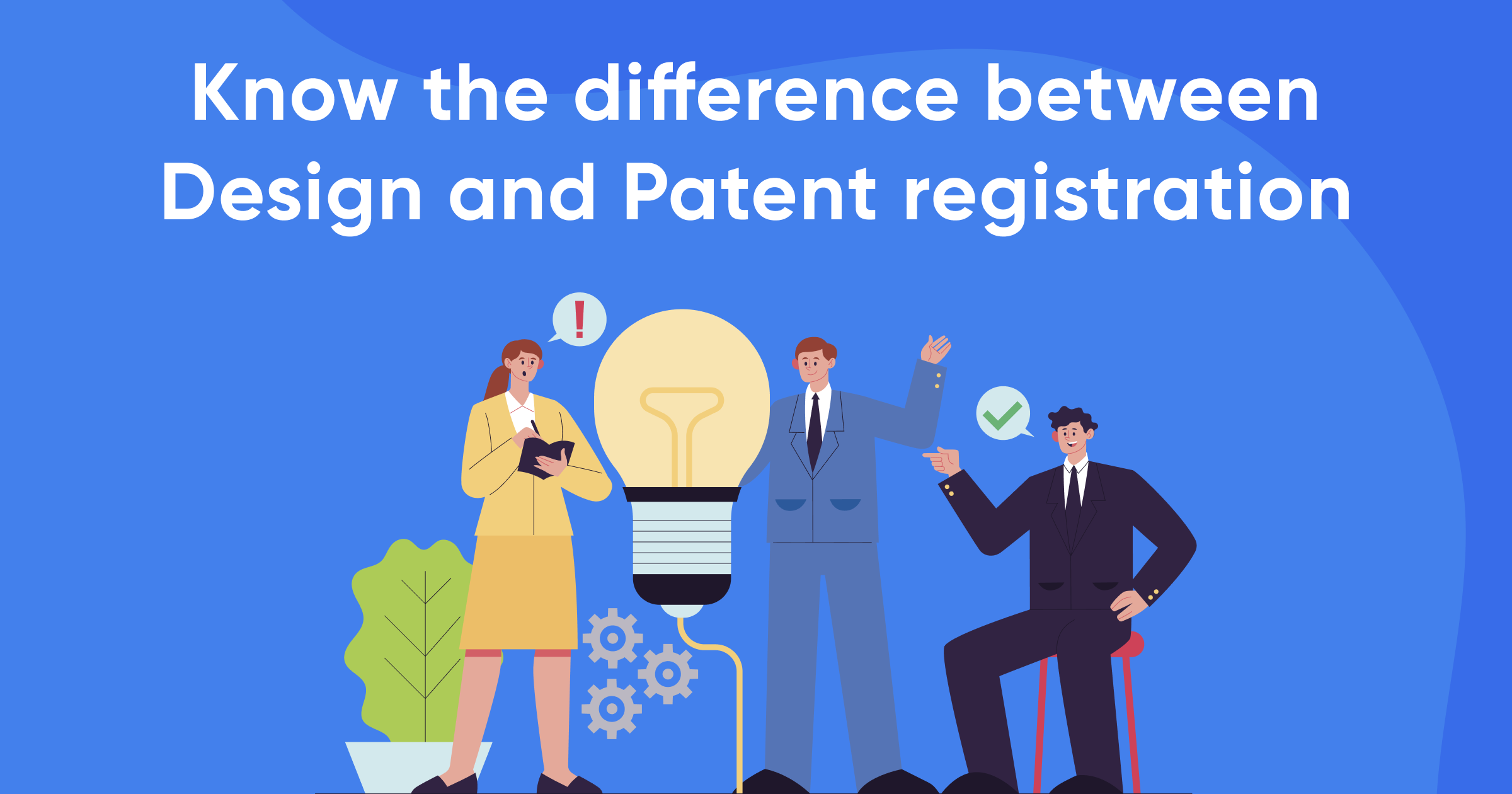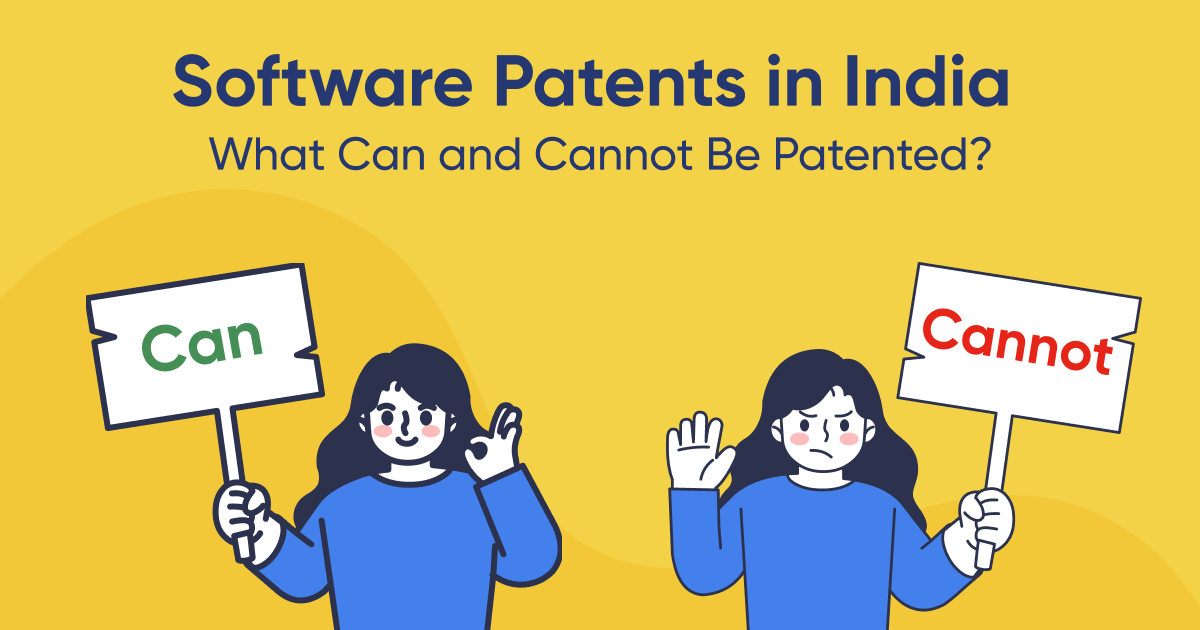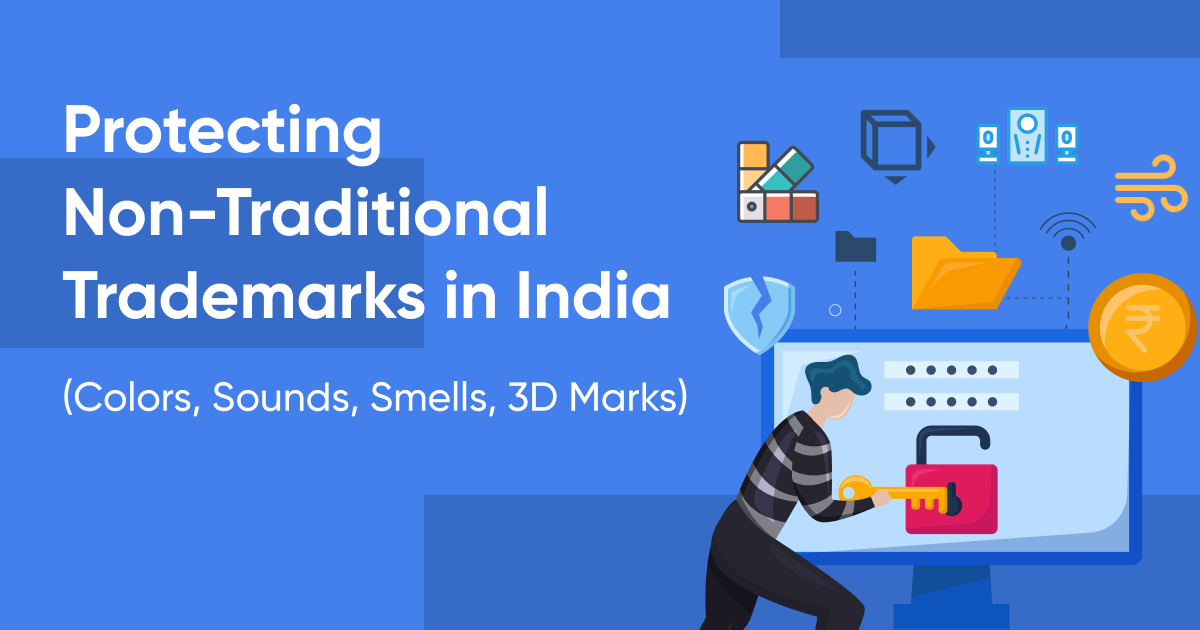Introduction
In today’s competitive market, protecting your intellectual property (IP) is essential to maintain a competitive edge. In India, two common forms of IP protection are design registration and patent registration. While both offer legal safeguards, they protect different aspects of your innovations. This blog will help you understand the key differences between design and patent registration and guide you in making an informed decision about which one suits your needs.
What is Patent Registration?
A patent is an exclusive legal right granted to an inventor for a new and useful invention. This could be a product, a process, or a method that provides a new way of doing something or solves a technical problem. Patent registration in India is governed by the Indian Patents Act, 1970, and it protects the functional and structural aspects of an invention.
Key Elements of Patent Registration:
- Eligibility: The invention must be novel, involve an inventive step, and be capable of industrial application.
- Types of Patents: In India, patents are generally categorized into utility patents, which protect the functional aspects of an invention.
- Duration: A patent is valid for 20 years from the filing date, after which it falls into the public domain.
- Protection Scope: Patents protect the technical functionality and structural features of inventions. For example, if you develop a new type of engine or a medical device, you would apply for a patent to protect your invention.
- Application Process: The process involves filing a patent application, undergoing an examination, and addressing objections before the patent is granted. This process can be complex and may require professional assistance.
What is Design Registration?
Design registration in India is governed by the Designs Act, 2000, and it protects the unique visual aspects of a product, such as its shape, configuration, pattern, or ornamentation. Unlike patents, design registration does not cover how a product works or its functional aspects; instead, it focuses solely on the aesthetic features.
Key Elements of Design Registration:
- Eligibility: The design must be new or original and not previously published in India. It should be applicable to a product by an industrial process.
- Scope of Protection: Design registration protects only the visual appeal of the product. For example, if you create a unique bottle shape or a distinctive furniture style, you would register the design.
- Duration: The initial registration is valid for 10 years, extendable by an additional 5 years.
- Application Process: The design registration process is generally simpler and faster compared to patents. It involves submitting representations of the design along with the application and going through an examination for uniqueness.
Key Differences Between Design and Patent Registration
- Purpose of Protection:
- Patent: Protects the functional and technical aspects of an invention.
- Design: Protects the visual appearance or aesthetics of a product.
- Scope of Coverage:
- Patent: Covers processes, machinery, compositions of matter, and technical innovations.
- Design: Covers shapes, patterns, colors, and surface ornamentation applied to a product.
- Eligibility Requirements:
- Patent: Requires novelty, an inventive step, and industrial applicability.
- Design: Requires novelty and originality in visual appearance.
- Duration of Protection:
- Patent: 20 years from the date of filing.
- Design: 10 years, extendable by 5 years.
- Application Complexity:
- Patent: Involves a detailed technical examination and often requires expert assistance.
- Design: Generally a simpler and quicker process with fewer requirements.
Common Mistakes to Avoid in Patent and Design Registrations
- Overlooking the Distinct Requirements:
- One of the most common mistakes is confusing the requirements for patent and design registrations. Patents need a strong technical and functional foundation, while designs focus on aesthetics. Filing under the wrong category can lead to rejection and wasted resources.
- Failing to Conduct a Thorough Search:
- Before filing for either a patent or a design, conducting a thorough search is crucial. For patents, this involves checking existing patents to ensure your invention is truly novel. For designs, you should look for prior designs that may be similar to yours. Neglecting this step can result in infringements or objections during the registration process.
How to Leverage Both Patent and Design Registrations for Maximum Protection
- Dual Protection Strategy:
- In some cases, it might be beneficial to protect your innovation with both patent and design registrations. For example, if you invent a new device with a unique appearance, you can patent the functional aspects while registering the design for its aesthetics. This dual approach maximizes your protection, covering both how the product works and how it looks.
- Market Positioning and Value Addition:
- By leveraging both patents and designs, businesses can strengthen their market position. Patents can prevent competitors from replicating your functional innovations, while designs enhance brand value by protecting unique product aesthetics. This combination can be a powerful tool in establishing a strong market presence and attracting customers.
Choosing the Right Protection for Your Creation
Selecting between a patent and design registration depends on what aspect of your creation you want to protect:
- Choose Patent Registration: If your innovation includes a new method, process, or technological solution that enhances functionality.
- Choose Design Registration: If your creation’s uniqueness lies in its appearance, such as a novel shape, configuration, or surface pattern.
Importance of Protecting Your IP
Protecting your intellectual property in India not only safeguards your innovations but also strengthens your market position, builds brand reputation, and can provide a source of revenue through licensing. With increasing awareness and enforcement of IP rights in India, registering your patents and designs has never been more crucial.
Conclusion
Understanding the difference between patent and design registration is key to protecting the right aspects of your innovation. Whether it’s the functional brilliance of a new invention or the aesthetic appeal of a product design, choosing the appropriate IP protection can make a significant difference in securing your rights. Take the next step today—protect your innovations with the right registration through Trademarkia and secure your place in the market.







